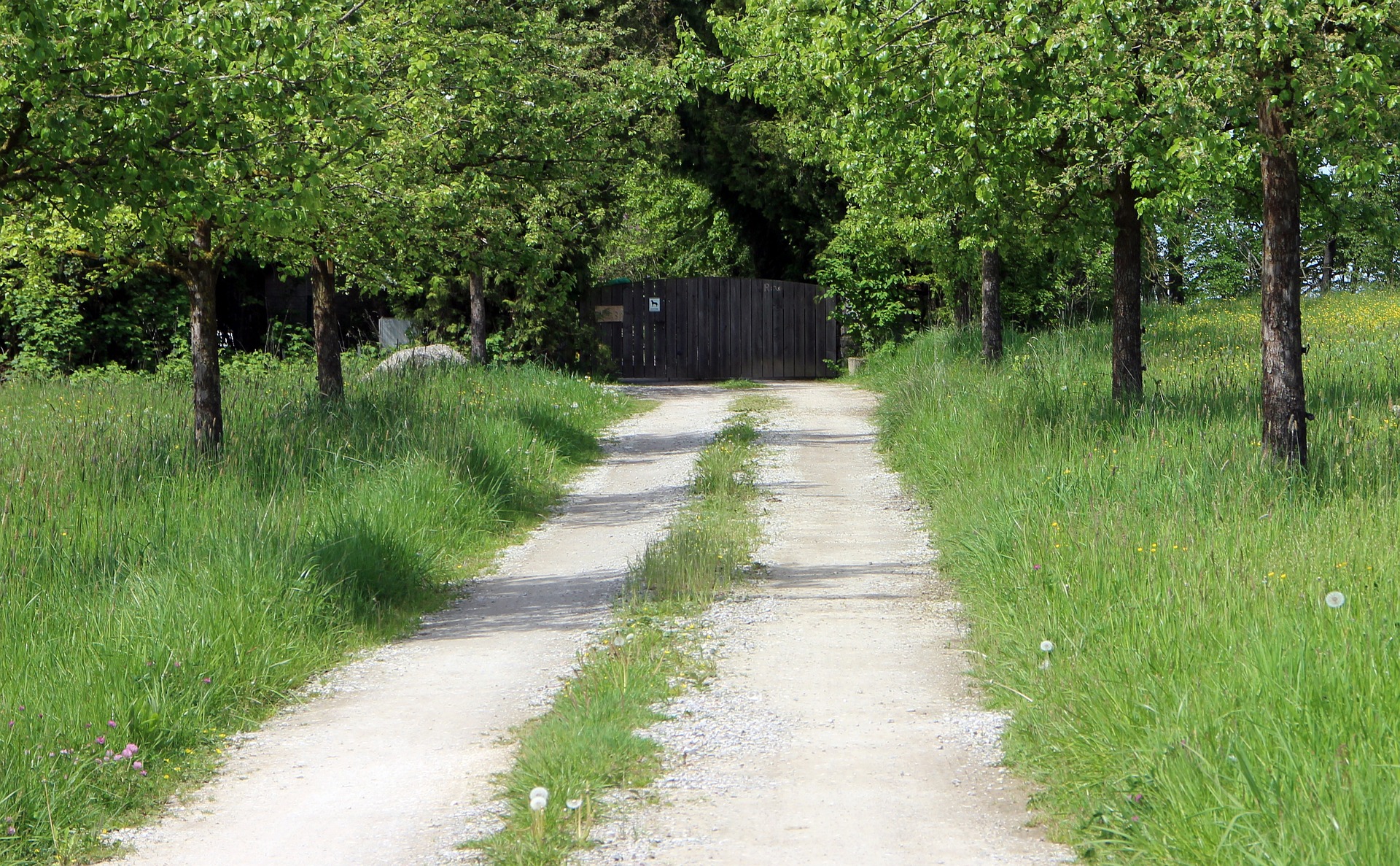The Essentials of Property Access Rights
In property law, the concept of “right of access” is pivotal. Whether you’re a homeowner, tenant, or property investor, understanding your rights and responsibilities regarding access is essential. It can be the difference between smoothly using your land and facing costly legal battles. This article will break down the ins and outs of property access rights, making it digestible and relevant for UK property owners and investors alike.
What is a Right of Access?
At its core, a right of access allows individuals to enter or pass over someone else’s property under specific legal terms. This is usually in place to facilitate movement from one point to another, especially if their land is otherwise inaccessible.
In the UK, access rights come in various forms, often depending on the type of property and its surroundings. For example, if you own a property that can only be reached by crossing a neighbour’s land, you might be granted a legal right of way. This is a classic example of a right of access, but it’s just the tip of the iceberg.
For most people, the first time they encounter a right of access issue is when they’re buying or selling property. Investors, in particular, should be aware of these rights as they can significantly affect property values. Jamie Johnson, CEO of FJP Investment, explains: “For property investors, access rights can either make or break a deal. Understanding these rights is critical when purchasing land, as they can dictate how easily a property can be developed or maintained.”

Different Types of Rights of Access
Rights of access are not a one-size-fits-all concept. Depending on the specific circumstances of your property, the rights available can vary widely. Here’s a breakdown of the most common types of access rights you’ll encounter:
- Public Rights of Way
One of the most familiar access rights is the public right of way, where members of the public are allowed to cross private land on foot, bike, or even by vehicle. These pathways are often marked on Ordnance Survey maps and protected by local councils.
These public rights of way have existed for centuries and are crucial for maintaining public access across rural areas, but they can also exist in urban spaces. Property owners may be limited in what they can do with their land if a public right of way crosses it.
- Private Rights of Way
Unlike public rights of way, private rights of way are limited to specific individuals or properties. These are typically created by legal agreements and are often included in property deeds. A common example is when a homeowner needs to cross a neighbour’s land to reach their property. These agreements ensure that the landowner cannot block access, and the user of the right of way has a legal entitlement to cross.
However, the extent of this right can vary. For instance, some private rights of way may only allow for foot traffic, while others permit vehicles. It’s important to check the exact wording in your property deeds to understand the limitations and obligations that come with these rights.
- Easements
An easement is a legal right to use another person’s land for a specific purpose, which can include access. Easements are crucial in property law because they ensure that certain rights, such as access, remain with a property even if the ownership changes.
Easements often arise when land is subdivided, and one piece of land requires access through another. They can be created in various ways, including through long-term use (a prescriptive easement), express agreement, or necessity. Easements can be broad or narrow, depending on the specific terms under which they are created.
- Necessity-Based Access
In cases where no formal right of way exists, but it is essential for the use of a property, a right of access may be granted out of necessity. This means if you have no way to access your land except by crossing someone else’s property, you may be able to claim a right of way.
This type of access is particularly important in rural areas where properties can be more isolated. Courts typically grant this right sparingly and only when there are no other options available.
- Emergency Access Rights
In some situations, access rights are granted in case of emergencies. For example, fire and rescue services may have the right to enter a property, even without the owner’s permission, to extinguish a fire or deal with a life-threatening situation.
These types of access rights are essential for public safety and typically override any concerns about trespassing. Property owners need to be aware of these emergency rights, as they may affect the use of their land.

Easements and Rights of Way
While easements and rights of way might sound similar, they serve distinct purposes in property law. Easements encompass a broader set of rights, whereas rights of way specifically refer to the ability to pass through someone else’s property.
How Easements Are Created
Easements can be created in several ways, each with its own legal nuances:
- Express Easements: These are written agreements between property owners, often included in the title deeds of a property.
- Implied Easements: These arise when it’s clear that an easement was intended, even if not explicitly written down.
- Prescriptive Easements: If someone has been using a particular access route for a certain period, typically 20 years or more, they may gain a legal right to continue using that route.
- Easements by Necessity: These are granted when a property would be unusable without a particular form of access, as mentioned earlier.
Right of Way Agreements
When it comes to rights of way, the key question is often whether the access is vehicular or pedestrian. Not all rights of way allow for vehicles, and property owners who assume they have full access might find themselves restricted in ways they hadn’t anticipated.
For instance, if your property is subject to a pedestrian-only right of way, you may not be able to build a driveway or parking area that uses the same route. Similarly, if a right of way is only wide enough for a footpath, expanding it to allow vehicles may be legally impossible without renegotiating the terms of the easement.
Navigating Disputes and Conflicts
Rights of access can often lead to disputes between neighbours, especially if the terms are not clearly defined. Here are some common conflict areas and how to address them:
- Obstructions on Rights of Way
If someone blocks your right of way, whether with a gate, a parked car, or other obstacles, they could be breaching the terms of the easement. In these cases, you have the legal right to remove the obstruction or seek an injunction to prevent further interference.
- Excessive Use
While a right of way grants you access, it does not grant unlimited use. For example, if a right of way was originally intended for a single home, but the property is redeveloped into multiple flats, the increased traffic might exceed the terms of the original agreement. In such cases, neighbours may dispute the right of access due to the additional strain on their land.
- Maintenance Responsibilities
Who is responsible for maintaining a right of way? Typically, the person using the access is expected to maintain it, but this can vary depending on the terms of the easement. Disputes often arise over the upkeep of driveways, gates, and paths that are shared between properties. Clarifying these responsibilities in writing can prevent costly disagreements later on.
- Legal Remedies
If disputes over access rights cannot be resolved amicably, the next step may involve legal action. Courts can enforce easements and rights of way, grant injunctions to prevent blockages, and even award damages for any losses incurred due to interference with access.
Before heading to court, it’s wise to consult with a solicitor who specialises in property law. They can help you understand your legal standing and advise on the best course of action.
Conclusion
Whether you’re a property owner or an investor, understanding the right of access to property is essential. These rights not only affect how you can use and enjoy your land but also impact its value and development potential. From public footpaths to private driveways, the complexities of property access rights should never be underestimated.
Access rights can be a hidden gem or a ticking time bomb for property investors. Ensuring that you have a clear understanding of your access rights—and the responsibilities that come with them—is crucial for protecting your investment and avoiding legal headaches down the line.
So, before you purchase your next property or embark on a development project, make sure you’ve done your due diligence. Understanding access rights can save you from unnecessary disputes and ensure your property is fit for purpose, both now and in the future.
ARE YOU READY TO START INVESTING?
Subscribe to our mailing list now for exclusive deals, investment guides and the latest information from the property market.







